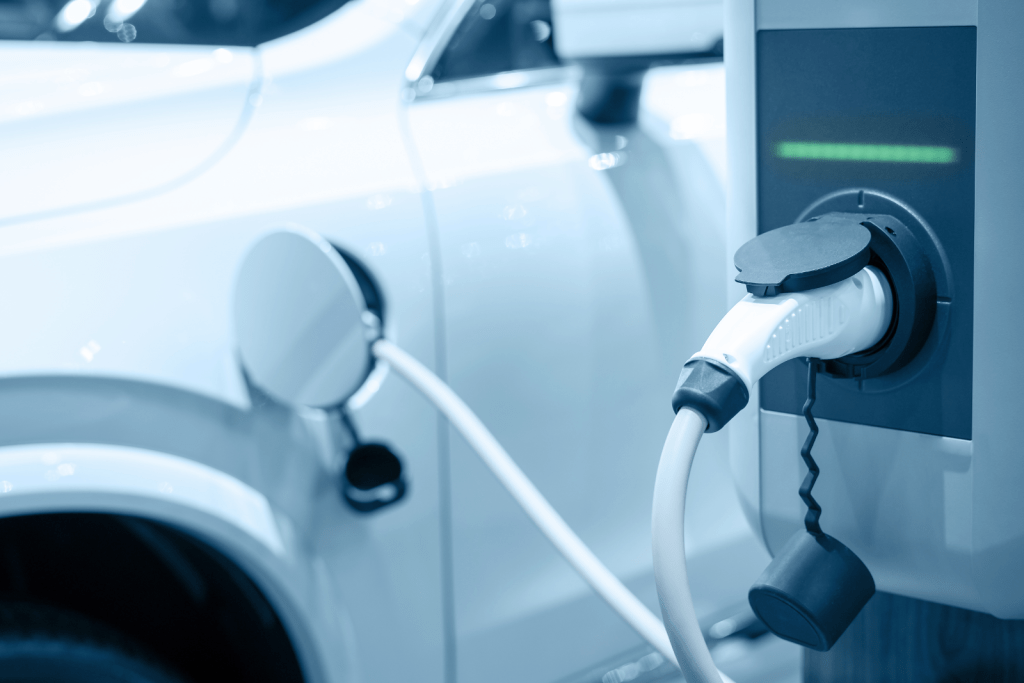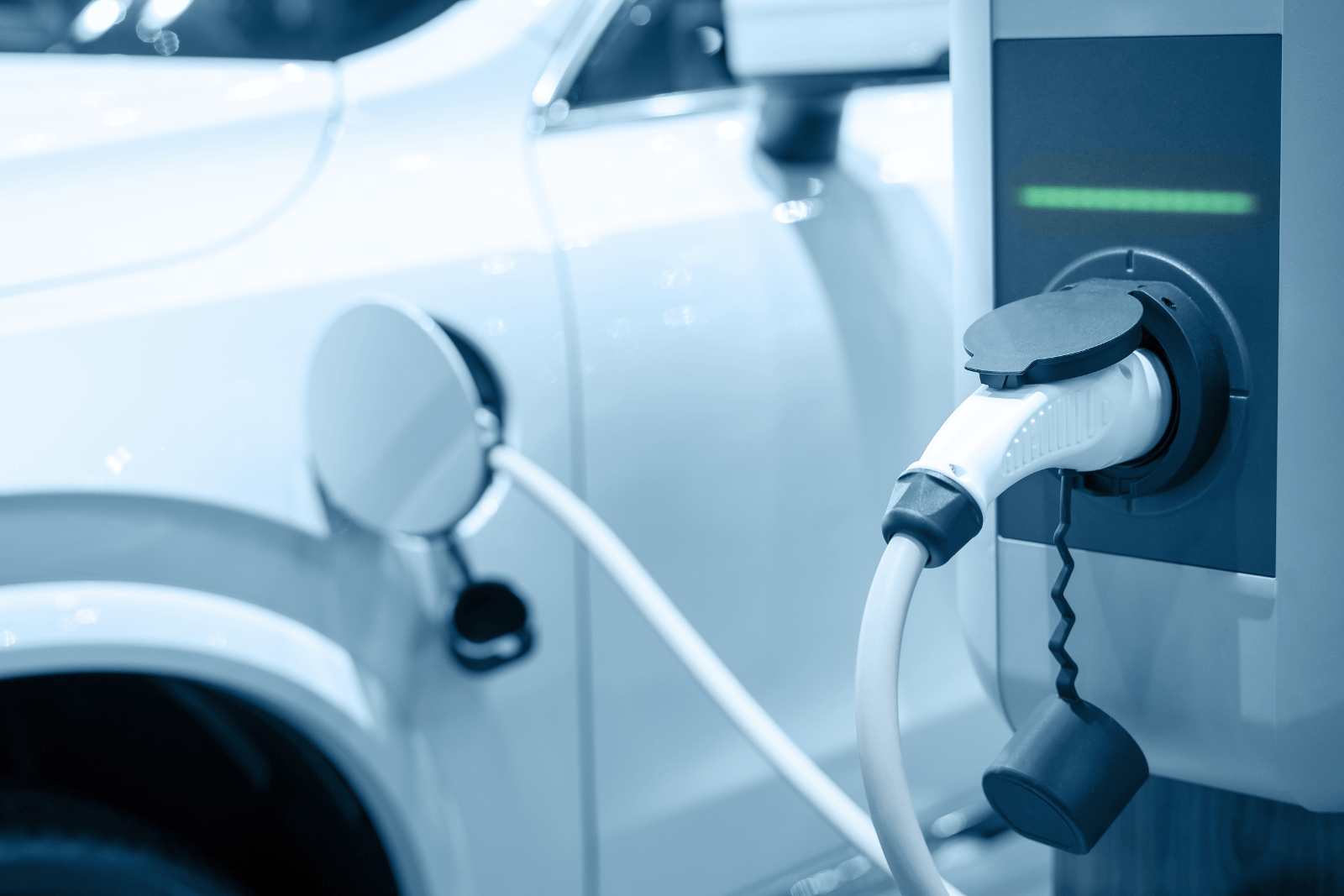Solarglide welcomes the Citroen E-despatch electric van into the family business in March 2023.

Solarglide invest in New Citroen E-Dispatch Electric Van
The Pro’s And Cons Of Having An Electric Van In The Business.
Our purchase was slightly ahead of the curve, with many people I speak to still showing reluctance to adopt an electric vehicle. I believe the UK is behind other nations such as Norway. Electric vehicles are a normal way of life for major parts of Europe. However, things are slowly changing here in the UK. So, what’s the truth. What’s it like to have an electric vehicle. Here’s our honest opinion along with guidance on how the process works.
Electric Vehicles Are So Quiet.
A major benefit to my electric van, is that I no longer disturb my neighbours with early morning starts. This would be made worse, regarding a noisy diesel engine. The new Citroen E-despatch electric van makes little to no noise when starting up, and purrs like a kitten when you navigate through the streets. I can now also hear the radio and listen to passengers conversations better.
But here’s the issue. In the space of one month, I have almost knocked over two people, as they simply don’t hear me driving the van. Granted, they were young people wearing headphones and basically not paying attention. However, on closer thought, this is a worrying issue with electric vehicles.
Maybe the vehicle manufacturers need to incorporate a noise feature for alerting pedestrians as more people decide to make the swap.
Electric Vehicles Tend To Be Automatic.
So as a manual driver for over 25 years, I was a little disappointed that my new van was an automatic vehicle. However, I have found it very easy to adapt from manual to automatic, and it has improved my driving experience in a positive way.
Charging Electric Vehicles At Home Or Work.
As a starting point I would recommend getting a charging point at home. There are lots of companies out there that will install and it’s a very quick and easy process. I paid around £1,500 for each power point. This may vary depending upon location, complexity of the install and the speed of charger you select.
Once installed, it’s very easy to use. On my van I have a small door on the passenger side, near the front that looks very similar to the standard fuel point where you would normally fill the vehicle with a fuel nozzle. However, there is no screw off cap or hole, instead an electric plug socket (which is waterproof and safe).
Charging Your Electric Van
To charge at home or work, simply unravel the power cord from you charger station and plug the electric nozzle into the vehicle . On my power point charger, there is a keyhole, turn with the key provided to begin the charging process.
This ensures nobody else can use your electricity when you are away from the property. Bear in mind that brands of charging points can vary, so you may have a button or a password instead of a key. The vehicle should also lock on its own as soon as the charging process starts, and this also locks the charging nozzle into place so nobody can remove it without you knowing. The designers have thought of everything and the process is very secure.
Cost of an electric vehicle
As more people adopt the technology, the price of an electric vans are reducing. This is a good thing. Swopping over to electric is expensive initially, as you need to install the charge points. However, even with the ‘cost of living crisis’ I am finding that the overall price is much cheaper, especially when I only charge during the night.
I am saving roughly £40 a week compared to my old diesel van. I hope this will improve further, as the fuel crisis improves in the months and years ahead.
The cost of the insurance on the electric van is no different to before, so being electric doesn’t appear to give any advantage. Road tax is zero, which is a great saving – this will of course change as more people choose electric over fossil fuels.
Also be aware that when charging away from your home or business the charging fees are considerable higher. My recommendation is to only charge after 19.00pm on an evening to take advantage of the cheaper night-time electricity tariffs, but when travelling the likelihood is you will be charging during peak times.
For travelling to and from work, making collections and deliveries in the local area the van is excellent. It feels no different to a diesel / unleaded van.
Long distance Travel with An Electric Van
Long distance travel is the only real negative here. The range on the Citroen e-despatch van after a full charge is about 200 miles. However, this can be much less depending upon circumstances. When driving on the motorway or when the heating is switched on inside the van. I noticed the power depleted much quicker than the projected distance covered.
I have had some anxiety and fear of being stranded by the roadside. Luckily, I have avoided this so far, but I have come very close on a few occasions. The problem with an electric vehicle is that you can’t simply get a fuel can out of the boot.
To top the electric up you need to seek out a charge point and then be prepared to sit and wait until the electricity is replenished. Even with a super-fast charging point this is still way slower than filling up at a petrol station.
Charging Points and When To Use Them
The next issue is knowing where the charging points are, and locating one that isn’t already occupied. There are some vehicles that tell you on the internal dashboard / computer and there are phone apps available when seeking out these public charging points
Travelling from Newcastle to Southampton is approximately 300 miles and is a journey that I make regular. However, I have not yet attempted it in the electric van. I believe, I would need to stop 2-3 times in the van to charge which can be considered a major inconvenience. Not ideal, but with careful planning, and the knowledge that I must take several breaks on my journey.
The key is finding ‘superfast chargers’ that are available at key points of the journey. More of these are appearing at service stations and petrol stations, but there is always the fear that there won’t be any available.
Currently, it’s a fact that there are not enough chargers in the UK. This will be made even worse in the summer months when everyone hits the road for vacations. If more chargers are installed throughout the UK, then this issue will disappear quickly. However, for the moment it’s a problem that remains top of the worry list for most long distant electric vehicle drivers.
Using A Public Charger
Fortunately, this is very easy. First, insert or tap your credit card and plug in, leave on the parking space to charge. If parking in a public car park, remember to still pay for a parking ticket as the charging process doesn’t cancel normal parking fees.
Chargers Can Be Slow. . .
Normal chargers can be very slow. I used one recently, that took two hours to charge one quarter of the overall van energy. It wasn’t great and the cost reached over £10.00. So be sure to select a super-fast charger, which allows a quick recharge and reduces waiting times. Be aware that you are not permitted to park in an electric vehicle space if you are not charging your vehicle. The rules are you must be charging, it otherwise you may be fined. When you’re not charging your vehicle, park in a normal space. If charging in a public space also be aware that you can only stay in the space until the car / van is fully charged. If you keep it there after this time you may also be fined.
The Feeling Of Owning An Electric Vehicle
It feels pretty good knowing your not pumping out any dangerous fumes into the local environment. An electric vehicle also allows access to clean air zones in the major cities without the fear of getting a fine.
If you considering getting an electric vehicle for your business or as you next personal automobile, then I hope this blog helps you make the right decision. I don’t regret making the swap to electric, it was the right decision for me, and my business Solarglide Limited.
On reflection, the positives certainly outweigh the negatives. But be aware there are some negatives to consider before you make that important decision to purchase and electric vehicle.
Solarglide have embarked on a series of Vlogs. The videos, basically document our daily routines within our business. We include business meetings, podcast invites and general discussions regarding our Solarglide Limited company. Please follow the link below to check them out.
Solarglide Vlog Series with Paul Pringle /
Don’t forget to subscribe to our channel for all the latest videos.



